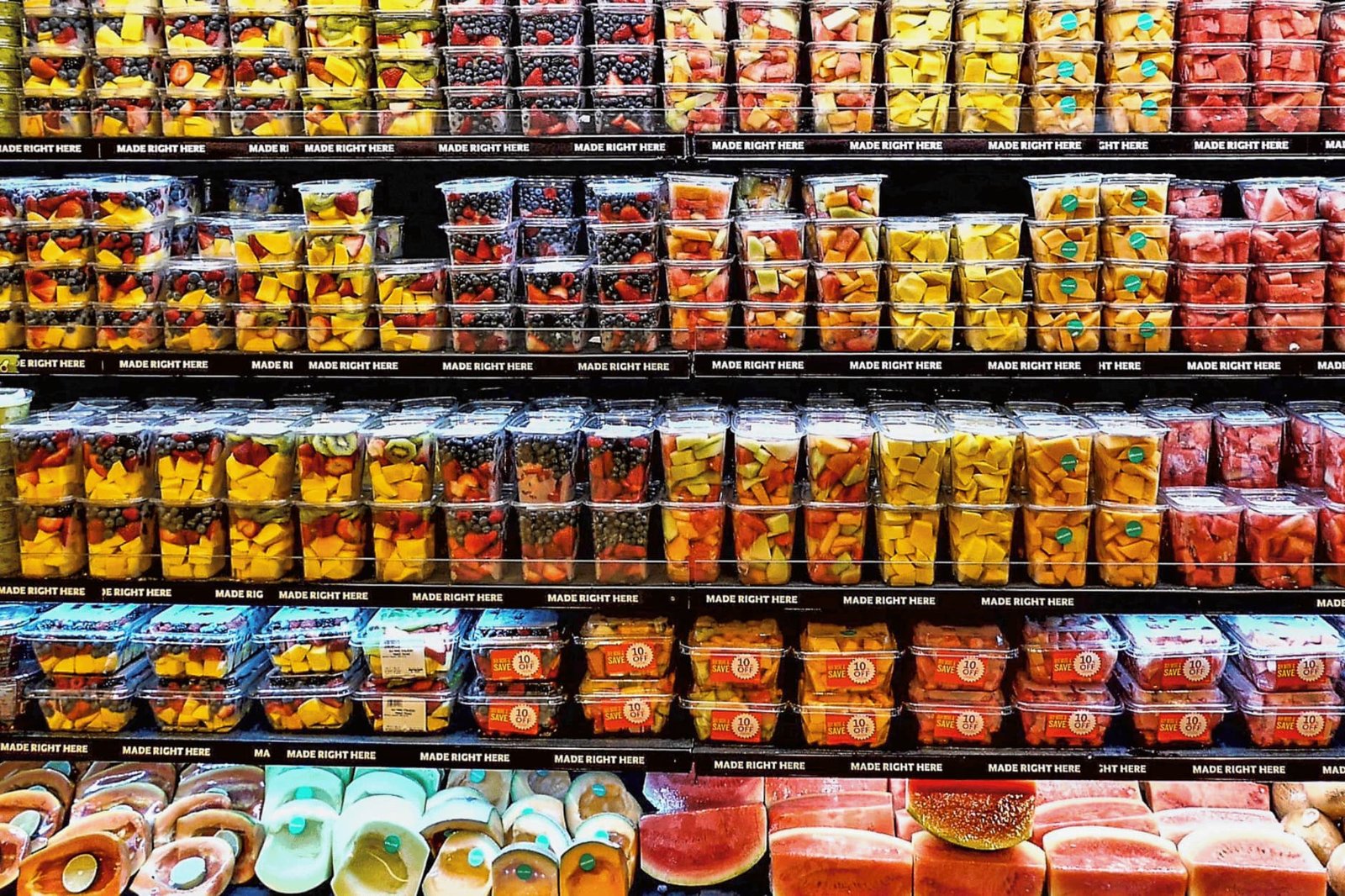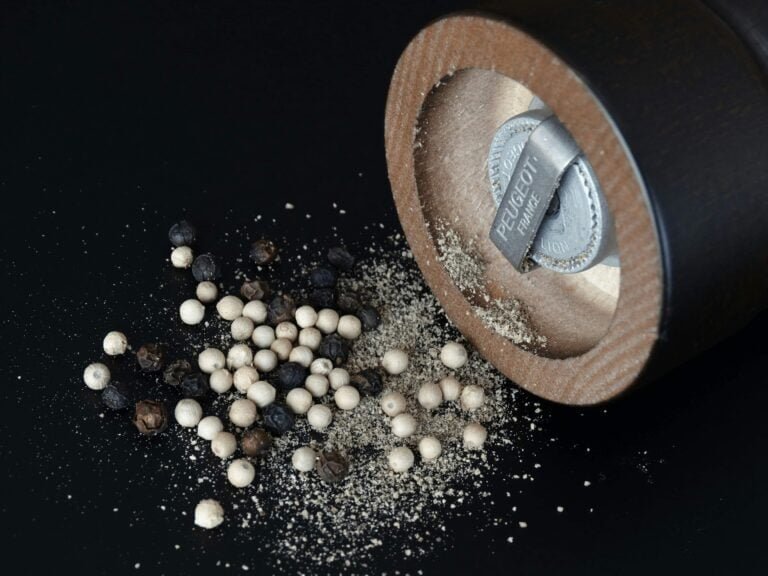The easiest way to keep your kitchen clean is to prevent messes from happening in the first place. Make clean-up quick and easy by keeping your counters and surfaces free of debris. Spend a few minutes each day tidying the kitchen to avoid messes from occurring. Here are some tips to keep your kitchen tidier:
The Age old Dish towels
Towels can be used for many different tasks in the kitchen, including drying and protecting delicate items from heat. Alternatively, thinner towels can be folded and laid down on counters or tables to absorb light spills. Thinner towels absorb water faster and are also ideal for heat proofing handles. To maintain their quality, they should be laundered regularly. Here are some tips to keep your kitchen towels clean:
Wash kitchen towels regularly. You can wash them as often as you like, but it is best to do so on a weekly basis because they can harbor germs and bacteria. Washing them also prevents them from spreading the germs to other areas of the kitchen. After each use, make sure you dry them properly and store them away from damp conditions. The best way to store kitchen towels is in a separate drawer or cupboard.
Use a good cleaning solution. If you frequently clean your kitchen with harsh detergents, you may end up with a contaminated dish towel. White vinegar is a great way to clean a dishcloth. Another tip is to invest in a rack for your towels. Dishwashing racks can help prevent cross-contamination between your towels and other surfaces in your kitchen. And don’t forget to buy some good cleaning products.
Soda Powder aka Baking soda
A classic culinary ingredient, baking soda is an incredible multi-tasker. Its many uses are endless, and it is also eco-friendly, non-toxic, and inexpensive. Best of all, it does not leave any smell. Besides cleaning the dishes and countertops, it also works wonders on clogged drains. Clogged drains have horrible odours and dirty water. With a little elbow grease, you can get your kitchen back to looking brand new.
Another amazing use for baking soda is as a grout cleaner. Mix equal parts baking soda and white vinegar and leave it to soak for 10-20 minutes. Rinse with clean water. Baking soda is an effective antibacterial agent, absorbing dirt and odor particles. You can also use it on the stovetop to remove bad odors. Using vinegar in a 1:1 mixture with baking soda will leave your kitchen smelling fresh and clean. Baking soda has many other uses, too. It helps freshen your breath and can help ease occasional heartburn. You can also mix a teaspoon of it with a cup of water and drink it for relief from occasional indigestion. Also, a paste made with baking soda and water is an excellent way to remove perspiration stains, and other common stains. It can be dissolved in water for easy application on surfaces.
Steffi’s Blog
Baking soda is also a great odor-absorbing substance. Sprinkled between layers of garbage, it can absorb odors and keep your kitchen fresh for longer. Unlike other antibacterial products, baking soda won’t damage your shoes or countertops. However, if you have wooden or glass surfaces, it’s best not to use baking soda. Dermatologists also warn against using it as an underarm deodorant or dry shampoo.
Cleaning sponges
Cleaning sponges to keep your kitchen clean is important if you want to keep it sanitary. According to the Iowa State University Extension and Outreach, sponges should be thrown away once they start to smell. If you want to prevent the spread of bacteria, you should clean your sponges daily. Not only will it make your kitchen smelling fresher, but it will also keep your family and guests healthy. There are many tips to keep your kitchen sponges clean.
A dirty kitchen sponge harbors bacteria, mold, and yeast. These microbes are attracted to damp places. If you do not regularly wash your sponges, you’re inviting a microscopic army of bacteria to settle in your sponge. In addition to making your kitchen look grimy and smell bad, you’re also giving the bacteria a chance to grow in your sponges and on other surfaces. So, cleaning them is essential to prevent harmful bacteria from spreading.
Steffi’s Blog
While many people use lemon juice to clean their sponges, there’s no way to guarantee that they’re completely germ-free. Sponges harbor dangerous bacteria that can cause foodborne illness. You can also use lemon juice to kill bacteria. However, you need to know that soaking the sponge in lemon juice, hydrogen peroxide, or deionized water can kill 37 to 87 percent of the bacteria on a sponge. If the bacteria remain, they can cause illness.
Splatter screen or Splatter Guards
Splatter screens have become a popular kitchen gadget. As cooking, oil and other liquids can spill on the surfaces, these hot messes can be incredibly difficult to clean, and can result in nasty burns. These screens are a great way to prevent such a mess and keep your kitchen looking its best. You can also use a DIY cooking spray to clean up grease spills. The best screen to use depends on what your cooking needs are.
High-quality splatter screens are made of sturdy stainless steel frames. Unlike mesh splatter screens, they are also durable and lightweight. They also reduce the mess in the kitchen and allow you to cook with less fat and spices. Moreover, they are easy to clean with a sponge. Stainless steel splatter screens are lightweight and easy to store, taking up less space. They also are ideal for deep-pots.
Steffi’s Blog
The quality of splatter screens depends on the mesh and material used. Stainless steel models tend to be dishwasher-safe and are highly resistant to corrosion. In addition, stainless steel mesh can withstand high temperatures without melting, unlike some silicone screens. However, silicone screens are made of a flexible material and may trap heat in the pan. It is important to choose a high-quality splatter screen.
Keeping a clean kitchen floor
Whether your kitchen has wood, tile, or ceramic tile, keeping your kitchen floor clean is essential to keeping it looking its best. Regular sweeping will prevent debris from collecting on the floor, while weekly mopping will remove sticky grease and food preparation residue. Before mopping, read the care instructions on the flooring type and choose appropriate cleaning solutions. You can use water or a simple solution for dirt and grease. Then, follow these tips for keeping your kitchen floor clean.
First, always remember that scouring pads and sponges can scratch your kitchen floor and make it more vulnerable to deep dirt stains. When cleaning, use a mild cleaning solution and a soft sponge to scrub the area. For more stubborn stains, use a water-vinegar mixture. Alternatively, use nail polish remover containing acetone for stubborn stains. When you do mopping, you should also wear protective shoes to avoid the floor from getting wet.
Steffi’s Blog
After mopping, you should use a floor cleaner that has a drainage system to let the cleaning fluid drain from the surface. It’s best not to pour too much water on the floor, because the cleaning solution will become too thin and cause puddles. Draining the floor will allow the water to dry quickly, making it easier to clean. If your floor is very dirty, you may need to repeat mopping several times.
Cleaning with Rags
You can use rags to clean the surfaces in your kitchen. You can rinse the cloth thoroughly after using it and hang it to dry after each use. This way, the rags do not collect greasy food residue and develop a bad odor. Make sure you use hot soapy water to wash your dishes and thoroughly rinse the rag. Then, hang it to dry so that the air can circulate and the rags will remain clean and fresh.
Rags are no substitute for sponges. If you use a dirty dish rag to clean the countertop, you are spreading the bacteria and germs across the surface. Ideally, you should replace your rag once every week. Bacteria thrive in moist environments and cannot survive for more than 24 hours on a dry surface. To prevent the proliferation of germs, wash the cloths with hot water and dry them on high heat.
Steffi’s Blog
You can also boil the rags to remove any bacteria and odor. This method is especially helpful when dealing with spills on the stove. The rags can absorb a large quantity of water and can be used to wipe cooking utensils clean. Tissues can leave little bits of tissue on the utensil. A cloth rag does not leave any residue, so it can be an excellent choice for cleaning a range of surfaces in the kitchen.

























